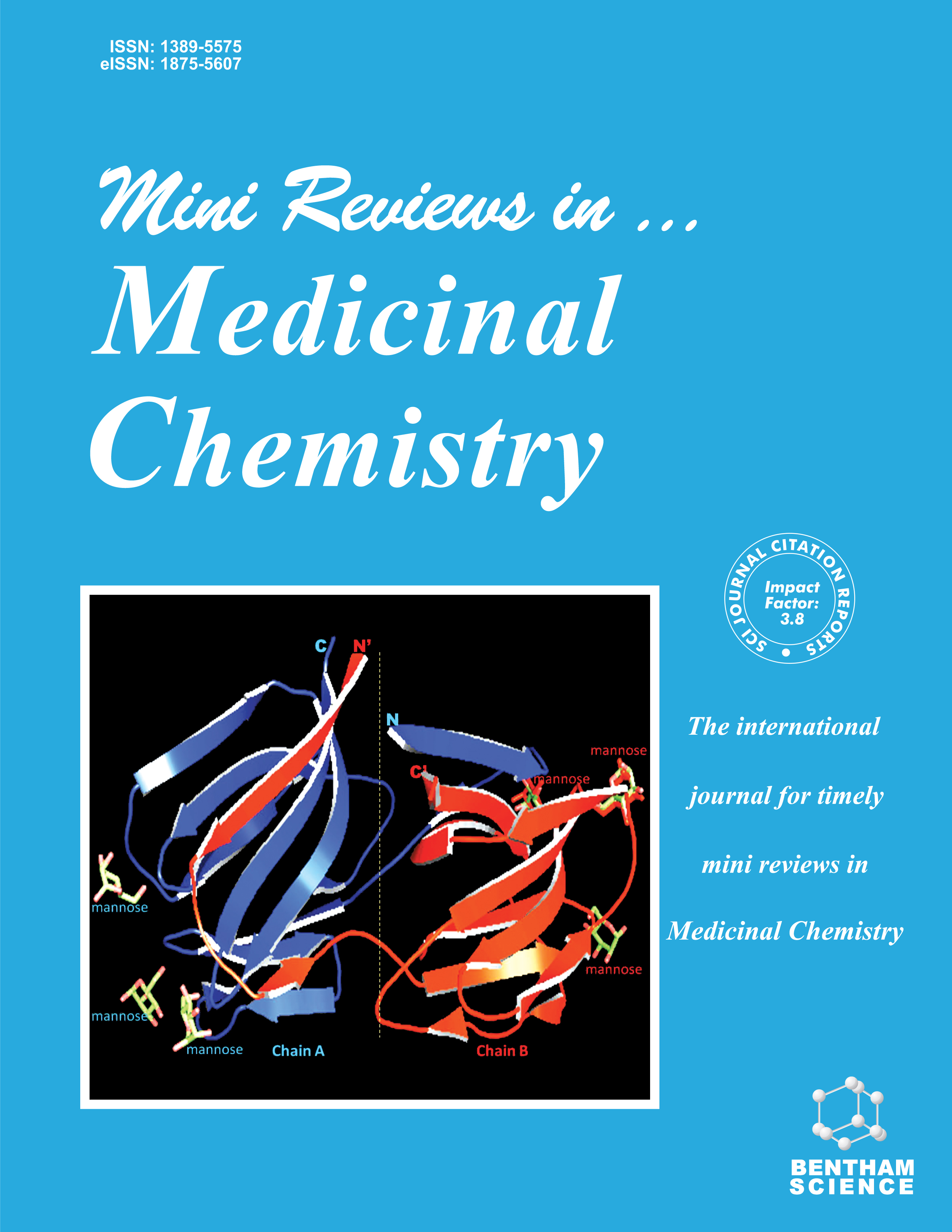-
s Association between Vitamin D Levels and Nonalcoholic Fatty Liver Disease: Potential Confounding Variables
- Source: Mini Reviews in Medicinal Chemistry, Volume 19, Issue 4, Mar 2019, p. 310 - 332
-
- 01 Mar 2019
Abstract
Nonalcoholic fatty liver disease (NAFLD), historically considered to be the hepatic component of the metabolic syndrome, is a spectrum of fat-associated liver conditions, in the absence of secondary causes, that may progress to nonalcoholic steatohepatitis (NASH), fibrosis, and cirrhosis. Disease progression is closely associated with body weight or fatness, dyslipidemia, insulin resistance, oxidative stress, and inflammation. Recently, vitamin D deficiency has been linked to the pathogenesis and severity of NAFLD because of vitamin D “pleiotropic” functions, with roles in immune modulation, cell differentiation and proliferation, and regulation of inflammation. Indeed, several studies have reported an association between vitamin D and NAFLD/NASH. However, other studies have failed to find an association. Therefore, we sought to critically review the current evidence on the association between vitamin D deficiency and NAFLD/NASH, and to analyze and discuss some key variables that may interfere with this evaluation, such as host-, environment-, and heritability-related factors regulating vitamin D synthesis and metabolism; definitions of deficient or optimal vitamin D status with respect to skeletal and nonskeletal outcomes including NAFLD/NASH; methods of measuring 25(OH)D; and methods of diagnosing NAFLD as well as quantifying adiposity, the cardinal link between vitamin D deficiency and NAFLD.


